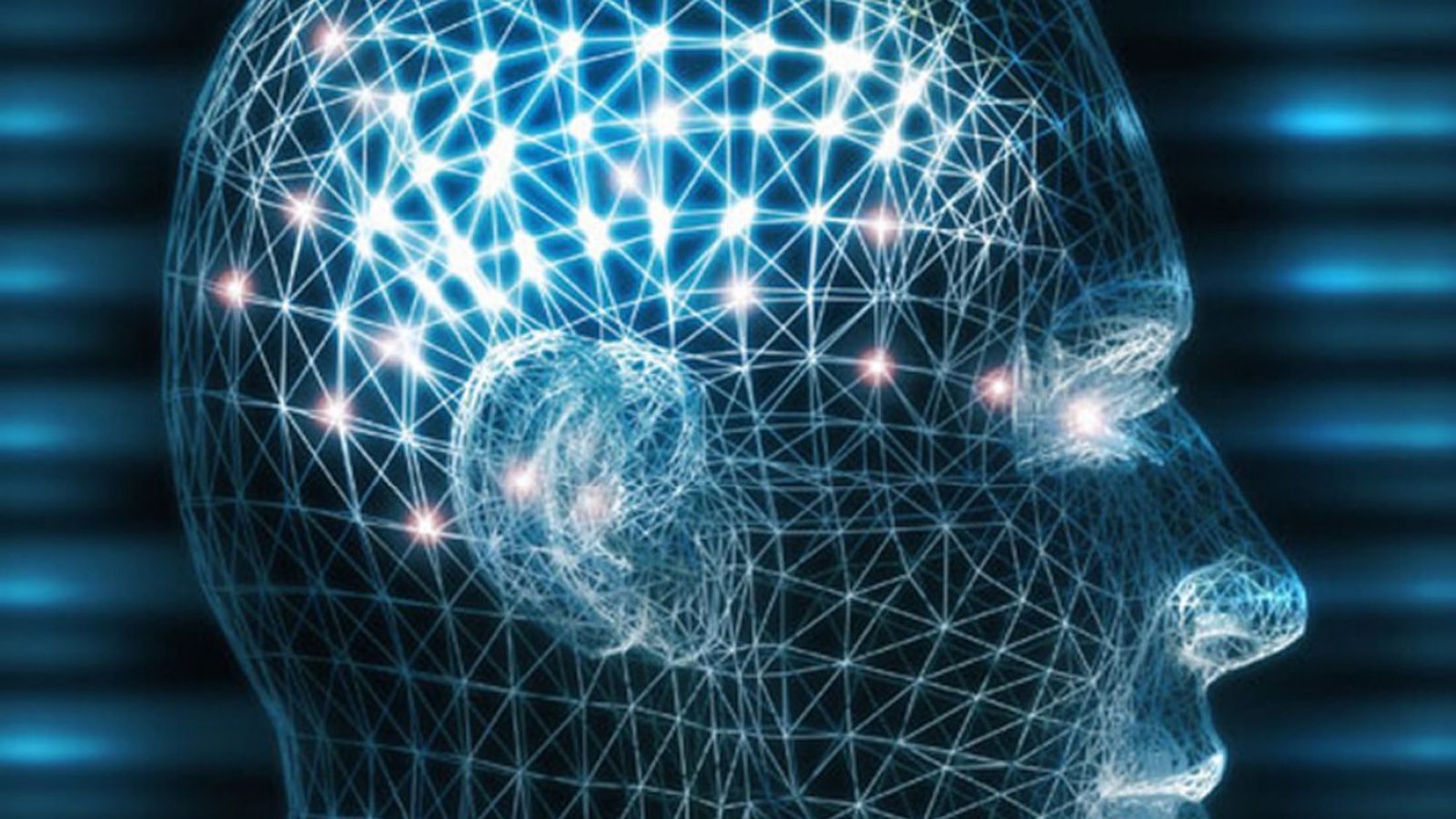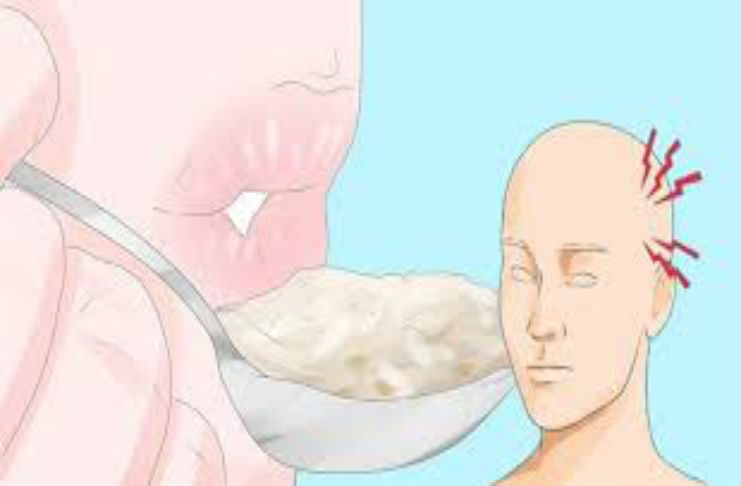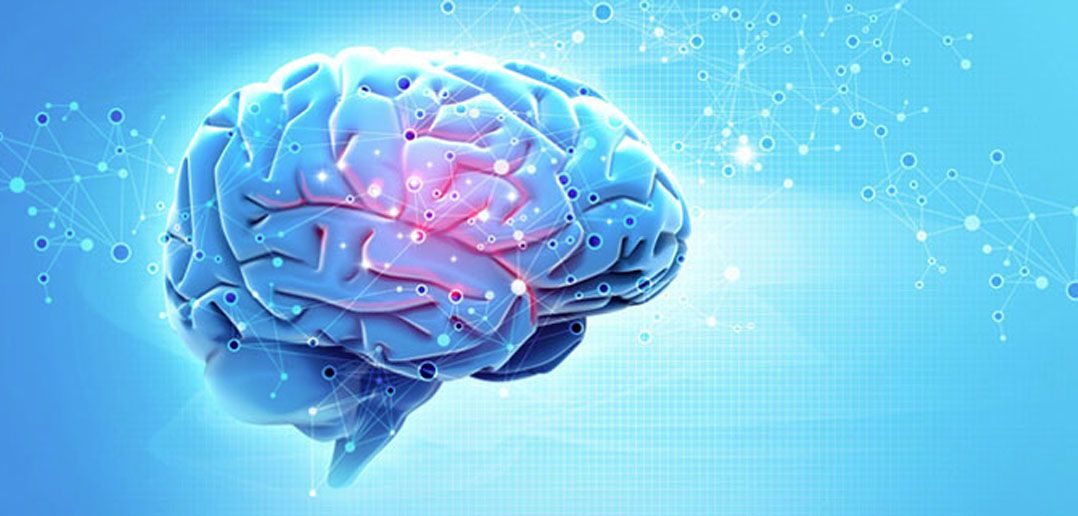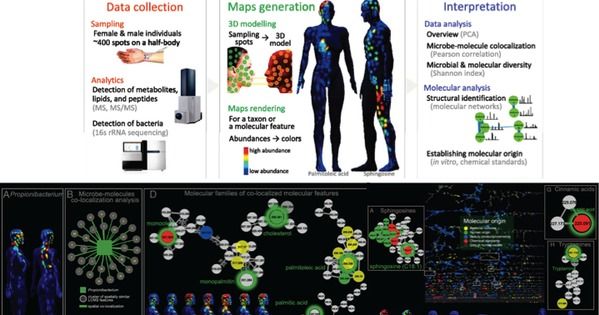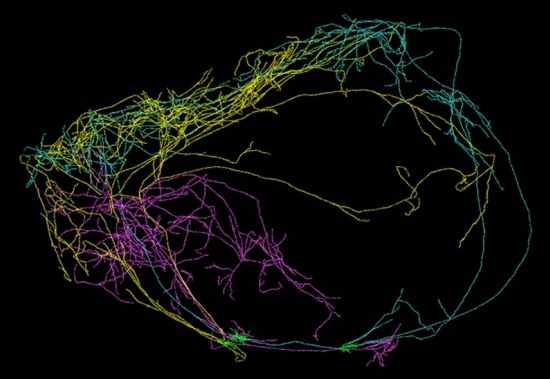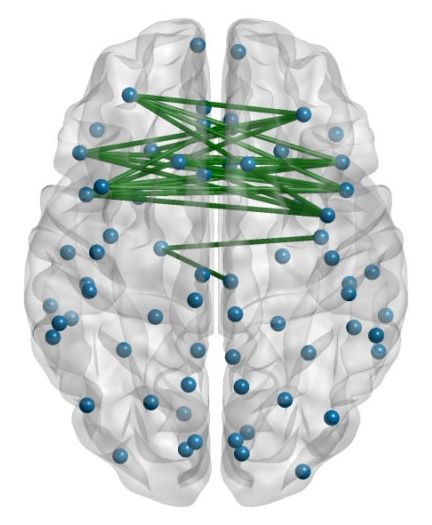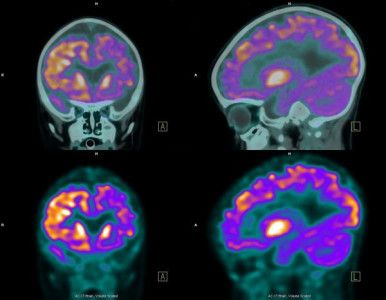Feb 27, 2017
‘They want to be literally machines’: Writer Mark O’Connell on the rise of transhumanists
Posted by Zoltan Istvan in categories: biotech/medical, cryonics, cyborgs, life extension, neuroscience, transhumanism
Slate book columnist Mark O’Connell’s new book To Be a Machine, which is specifically about #transhumanism, is out tomorrow. So there’s a ton of reviews out in major media. The last chapter in the book is about my work. Here are 3 reviews just out on the book. ALSO, I highly encourage you to BUY the book to help transhumanism grow. Mark’s book is the first book specifically on the movement with this kind of international attention, and the better the book does the first week, the more people will know about transhumanism: http://www.theverge.com/2017/2/25/14730958/transhumanism-mar…biohackers &
http://www.theglobeandmail.com/arts/books-and-media/book-rev…e34127614/ &
http://www.themillions.com/2017/02/mark-oconnell-doesnt-want…rview.html
